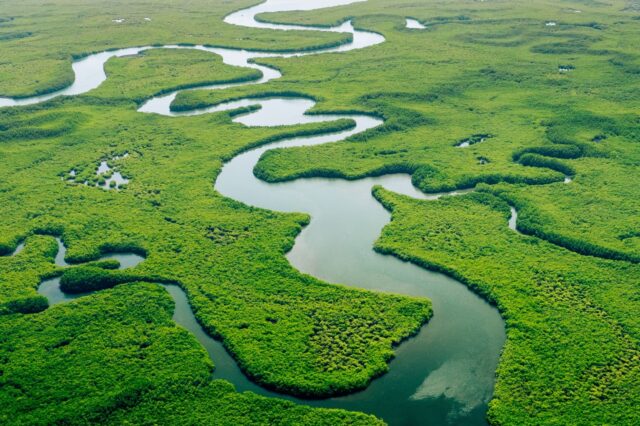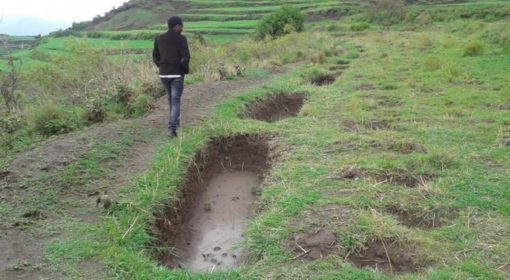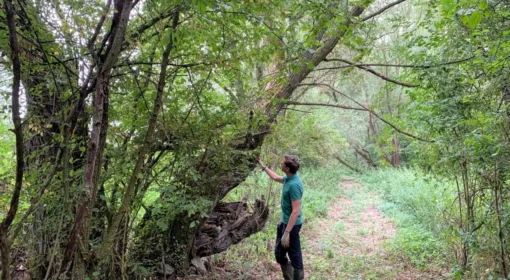Rob de Laet & Femke van Woesik
Climate change is an urgent crisis requiring immediate action. Historically, we have relied on two primary strategies: adaptation, which involves coping with the effects as they occur, and mitigation, which focuses on reducing greenhouse gas (GHG) emissions to stop global warming. Yet, there is a third, often overlooked strategy: managing local climates through natural processes to directly cool the environment.
Managing Local Climates for Global Cooling
This third strategy involves changing land surfaces to influence local climate factors like sunlight, soil moisture, temperature, humidity, and wind. The way land absorbs and distributes solar energy affects how much heat is stored in the air and soil versus how much is used for cooling through water evapotranspiration.
One way of improving land surfaces is by conserving and regenerating forests. In their article, “Restoring the Earth’s Damaged Temperature Regulation: Cooling the Planet with Plants,” Peter Bunyard, Eliza Collin, Rob de Laet, Martin Hodnett, and Morel Fourman highlight the crucial role of forests, especially tropical rainforests, in cooling the Earth. They argue that restoring forests or converting degraded land to agroforestry in tropical regions could significantly lower global temperatures.

The Cooling Power of Forests
The authors calculate that restoring 280 million hectares of forest in the tropics could result in a global cooling effect of 1 degree Celsius. This restoration would also bring quick local benefits like better climate conditions, water security, biodiversity, and higher farmer incomes. The article shows seven ways how forests help cool the planet:
- Evapotranspiration: Trees release water vapor through their leaves, which cools the surrounding area by 98 watts per square meter per second.
- Shade and Soil Moisture: Forest canopies provide shade and maintain high humidity levels, preventing soil from drying out. This keeps temperatures below the canopy at least 10⁰C lower, promoting biological activity including photosynthesis.
- Condensation-Driven Airflow: As water vapor condenses into clouds, it releases latent heat energy into space, cooling the atmosphere. This process also causes air to rise, contributing to cooling at ground level.
- Biotic Pump: Large forests draw in humid air from oceans, maintaining rainfall even far inland and creating more cooling biomass.
- Cloud Formation: Forests create dense clouds that reflect sunlight back into space, increasing albedo and reducing heat absorption.
- Reduced Sensible Heat: Forests reduce sensible heat, which amplifies global warming, by absorbing it as latent heat during evapotranspiration.
- Carbon Sequestration: Forests act as carbon sinks, absorbing carbon dioxide (CO2) from the atmosphere, which helps reduce greenhouse gas levels.
A Holistic Approach to Climate Change
Forests do much more than just capture CO2; they play a vital role in cooling the planet through various processes. By focusing on forest restoration and agroforestry, we can harness these natural cooling powers to combat global warming effectively. This approach not only addresses the symptoms of climate change but also promotes sustainable land use and biodiversity, ensuring long-term ecological balance and human well-being.
_________
Bunyard, P. P., Collin, E., de Laet, R., Hodnett, M., & Fourman, M. (2024). Restoring the earth’s damaged temperature regulation is the fastest way out of the climate crisis. Cooling the planet with plants. International Journal of Biosensors & Bioelectronics, 9(1), 7-15. https://doi.org/10.15406/ijbsbe.2024.09.00237



